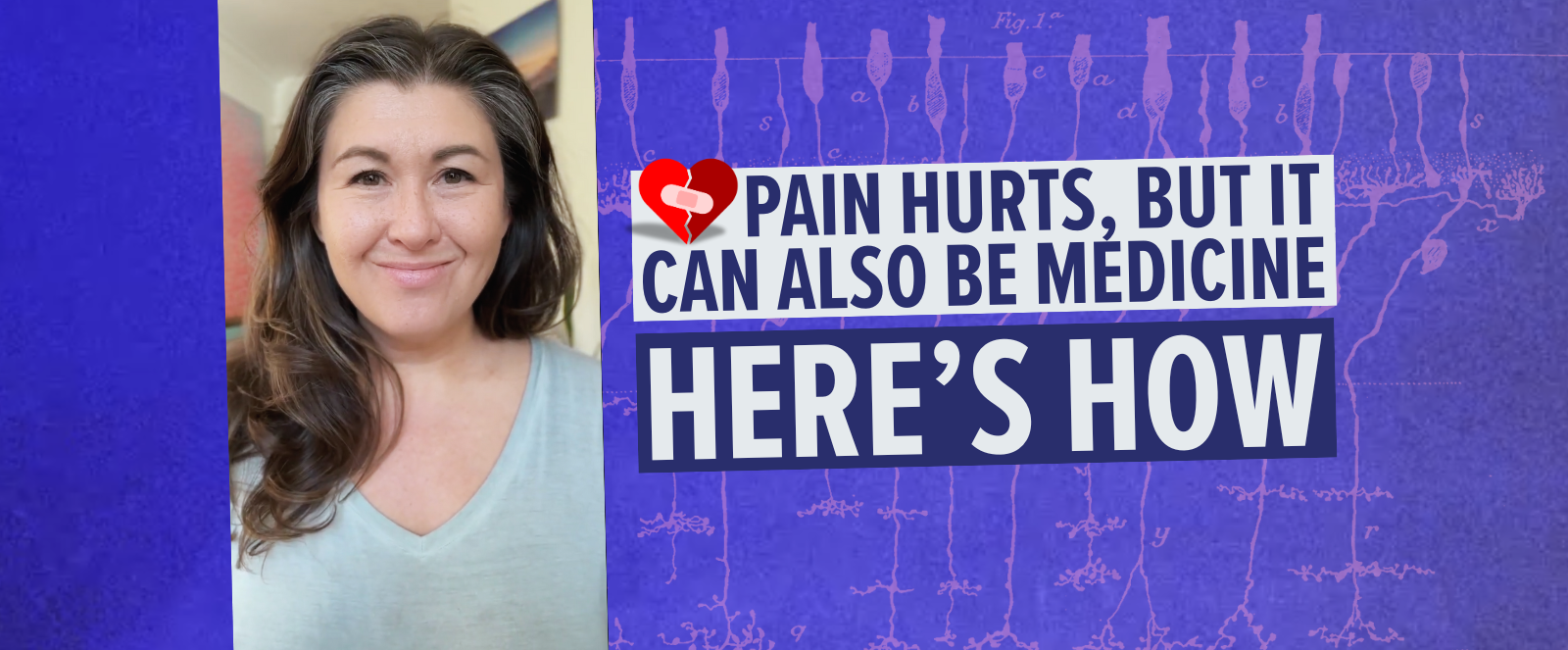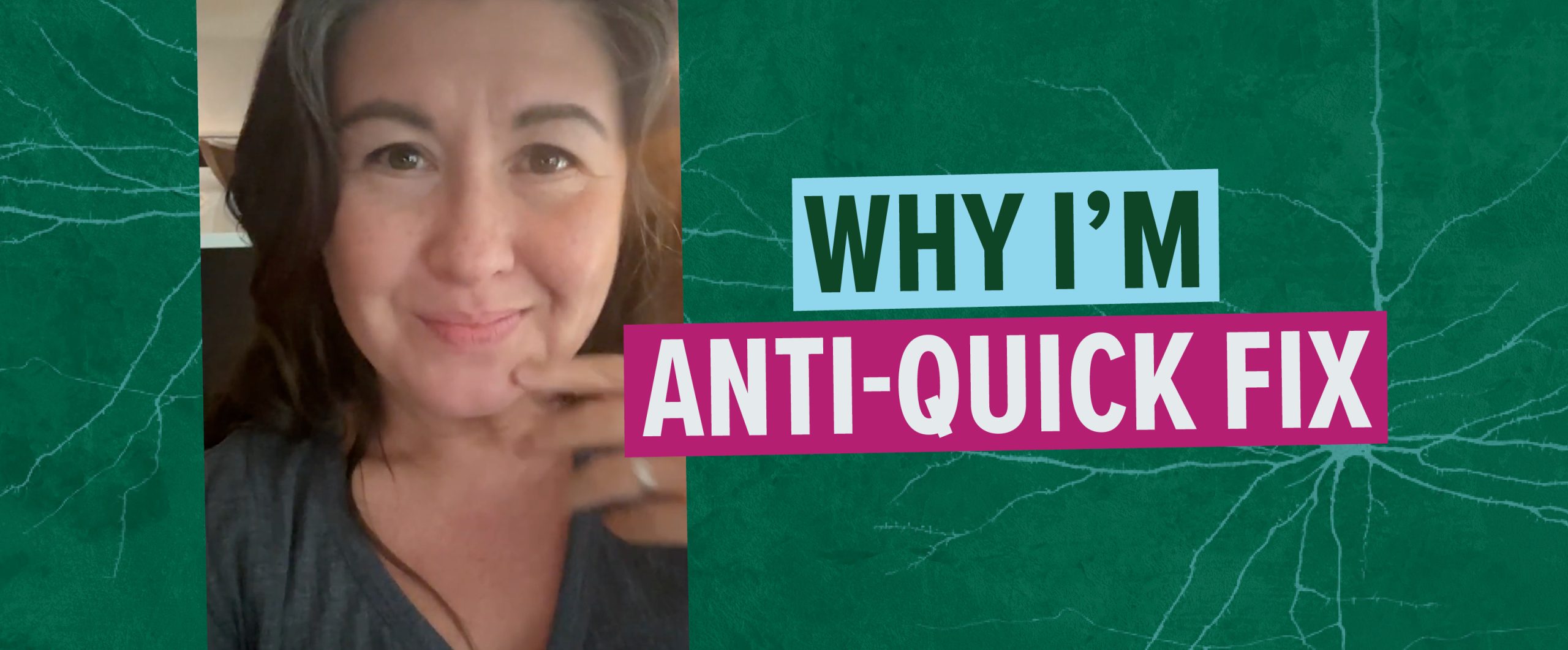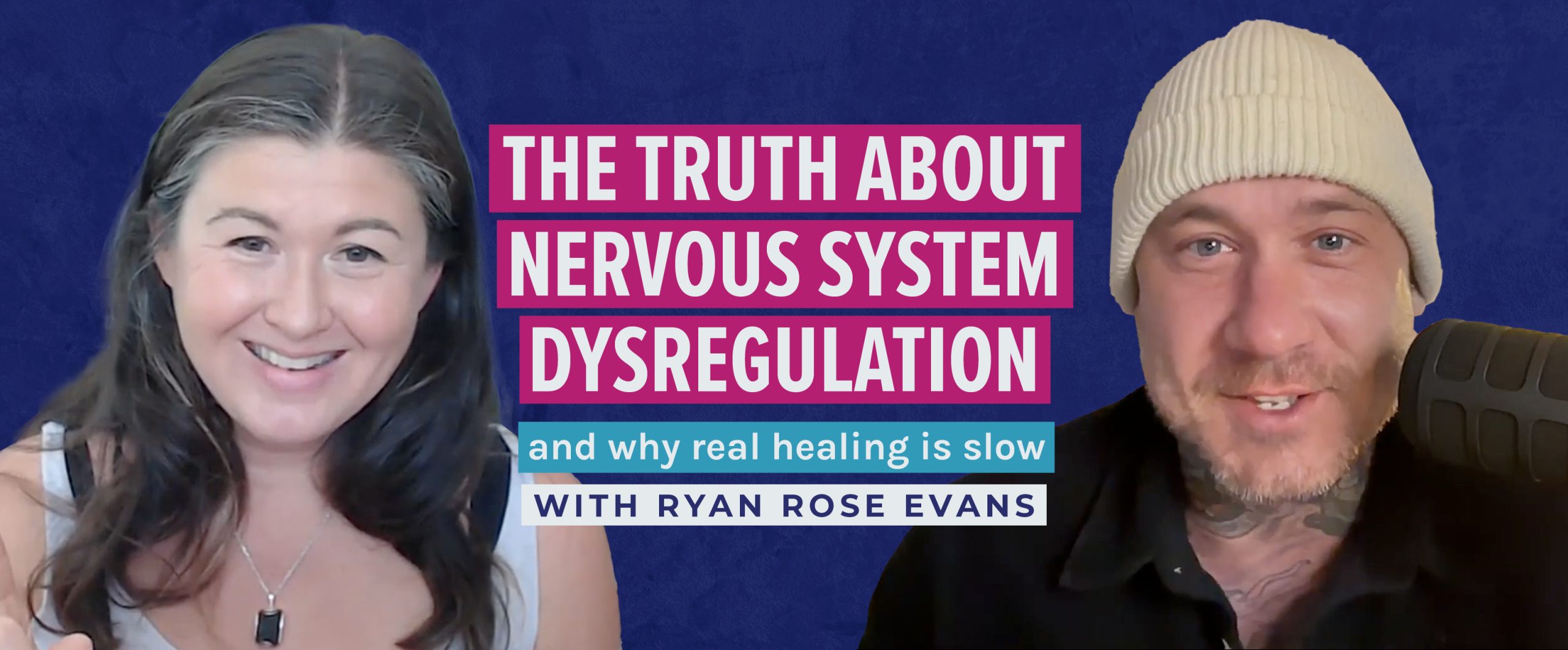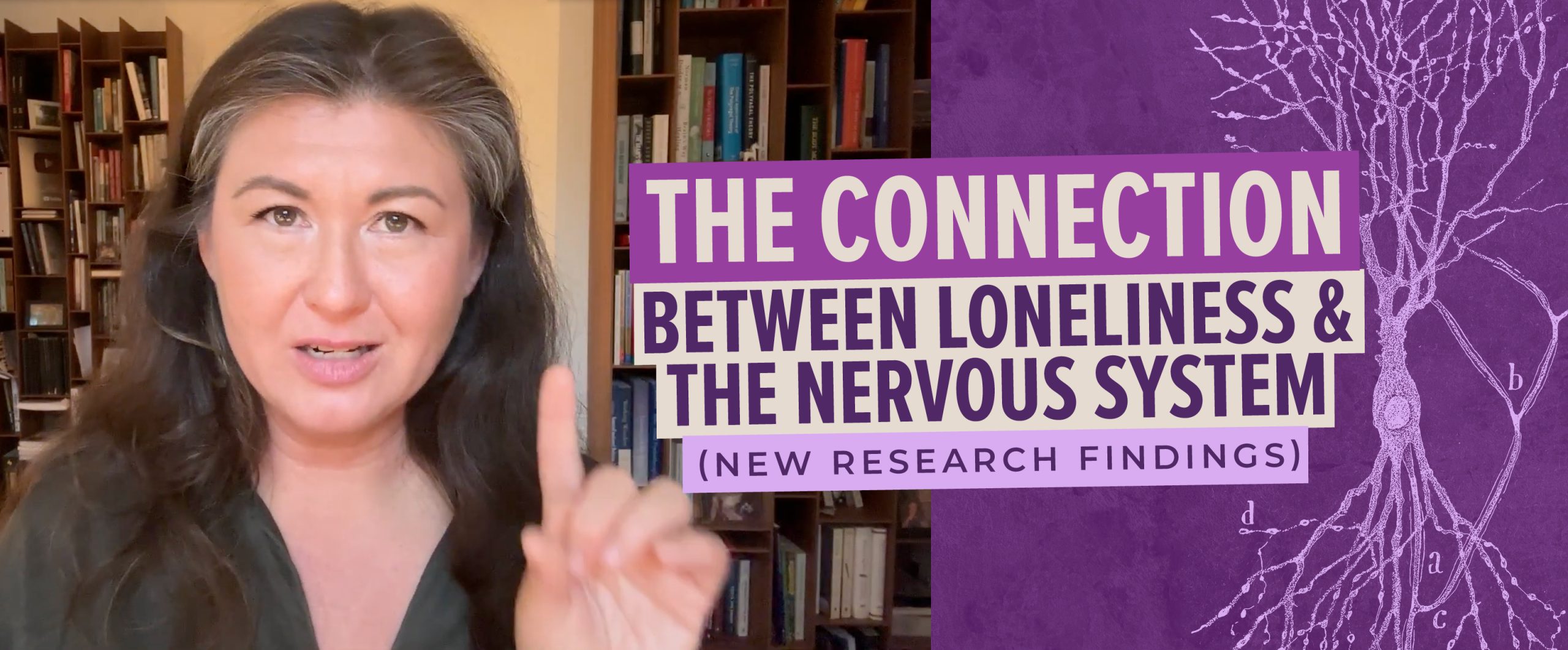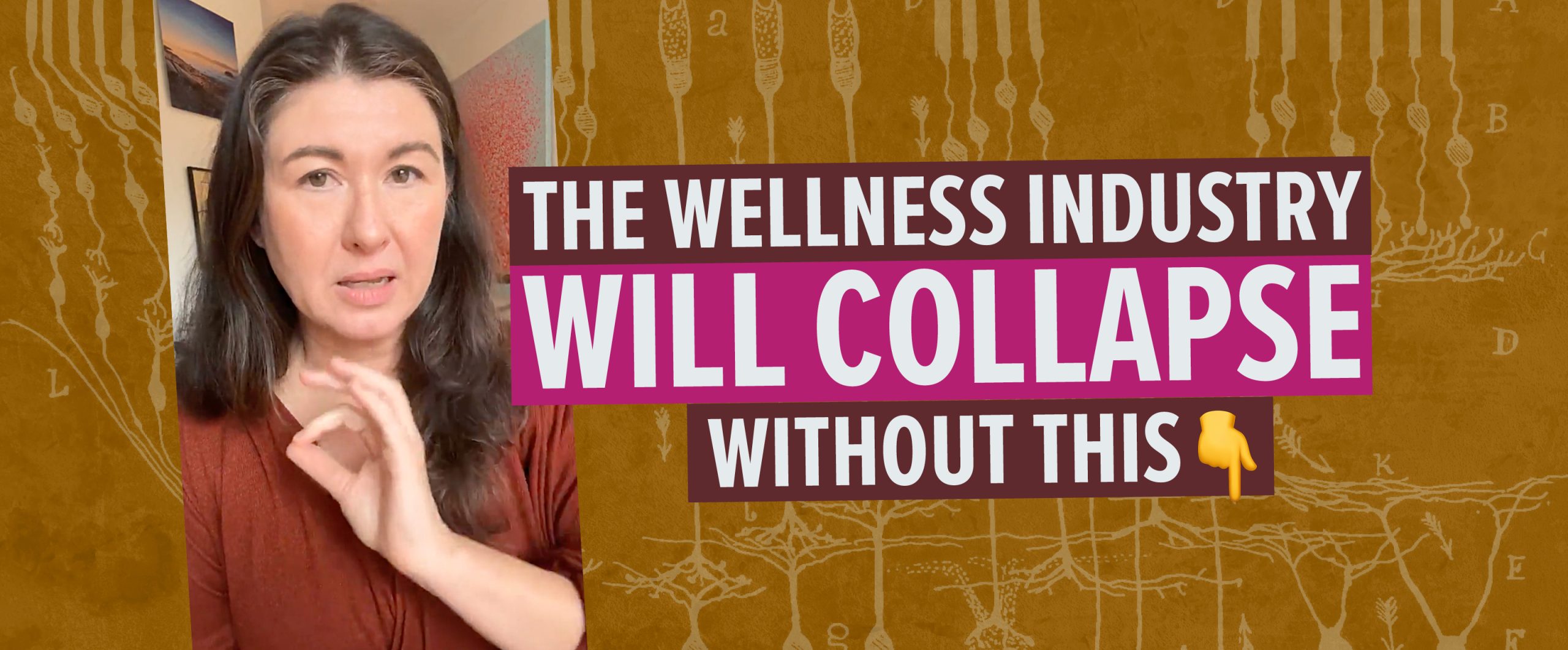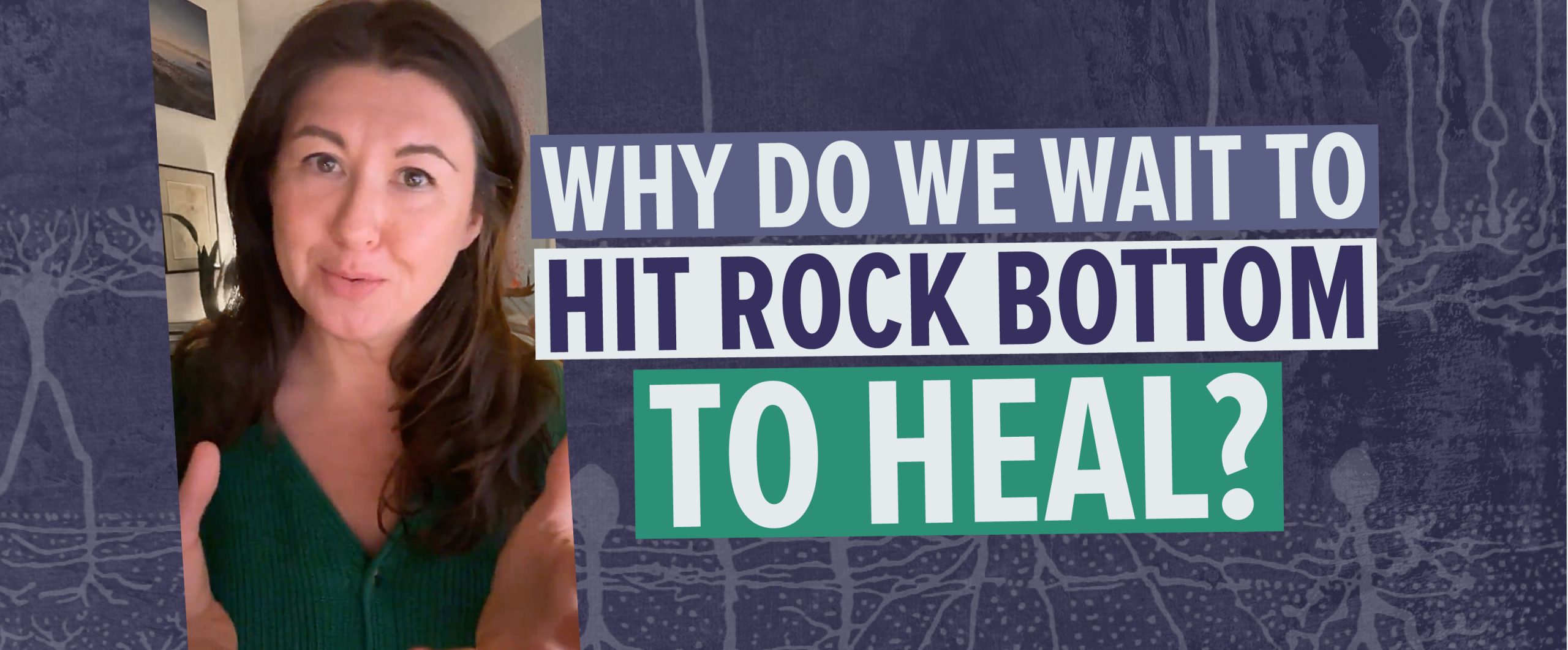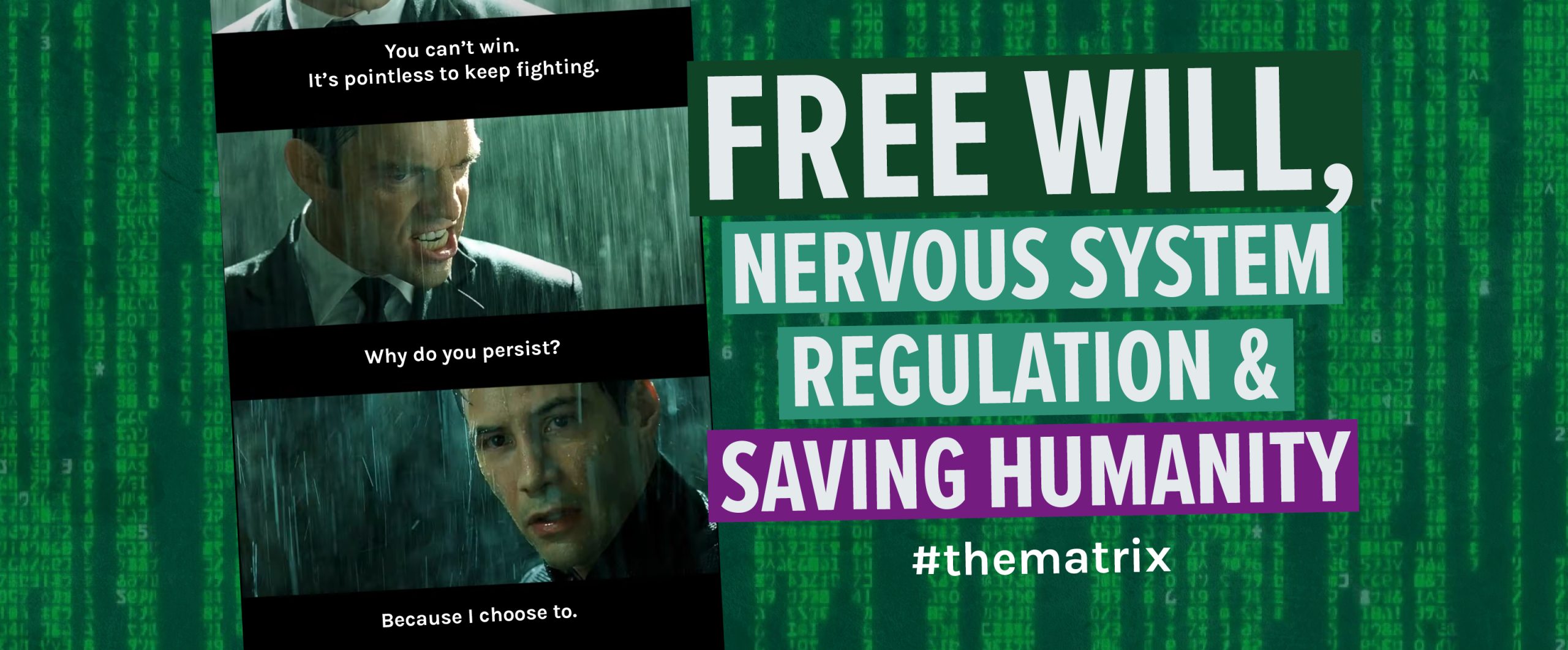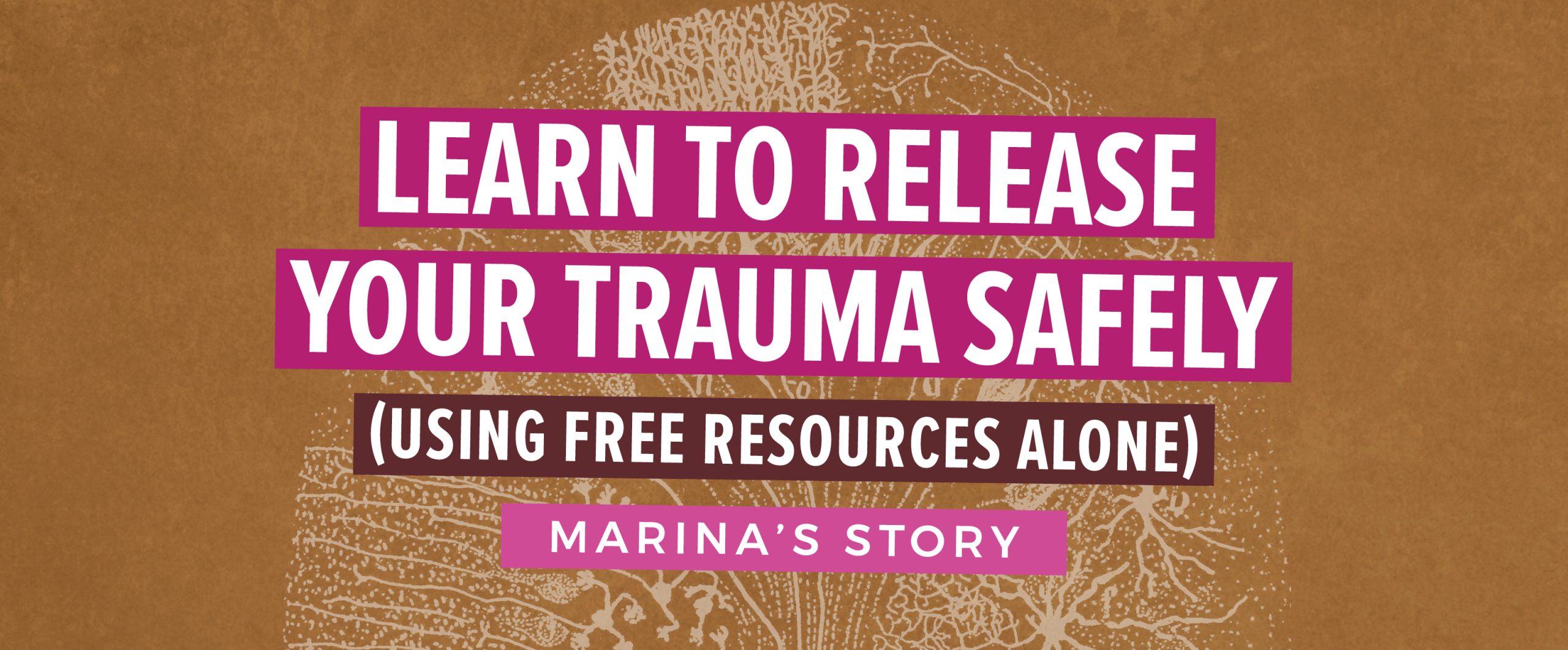
Stubbing my toe in Berkeley
I was walking quite fast through the residential area of Berkeley, California, this past October. I was wearing my open-toed Birkenstock sandals when BAM! “Ouch, #!^*…Oh, that REALLY hurts…” An uneven slab of sidewalk had put an abrupt stop to the forward motion of my second toe on my right foot.
.
In the past, I would’ve done something like this:
Hop a bit, curse a bit, walk around with a limp for a bit, then limp-half-walk-stumble away until the sting of the stubbing wears off. Sound familiar?
I’ve done this before (I think with my baby toe), and I remember that afterwards it took about 3-4 weeks before I could put my foot in a shoe, due to the swelling in and around the toe…
.
THE PRESENT LOOKED LIKE THIS:
I stopped. Looked at my toe. Already black and filling with blood. (Yep, did this one REAL good, Irene.) The pain and circling sensations of ickyness were pretty present and I brought my awareness to them and listened. I proceeded to sit on the sidewalk (it’s “Bezerkeley”, after all!), put my head between my knees, grasped my legs, and just waited. I waited some more. I waited and felt the pain, the heat and tingles making their way through my body. As they began to subside, I slowly started to squeeze and touch my legs, my thighs, knees, feet, my arms, head, hair, eyes. Once all the tingles and pain were gone, I THEN moved my legs, circled my ankles and started to wiggle my toes. Then, I brought my attention back to my environment. To the ground under my butt, the houses next to me, the cars driving by, the sky. I noticed my breathing and realized my heightened arousal from stubbing my toe had dissipated. Actually, it was gone. Very slowly, and with attention to myself, I brought myself to my hands and knees. Again I looked around a bit. Took a breath. Came to my feet. Looked around a bit. Took another breath. And… walked away as if nothing happened.
The following day…
I could already tell there was no saving my damaged nail, which had turned black pretty much instantly. Eventually it fell off about six months later.
But (big BUT)…
There was no swelling, no pain, no limping and I could squeeze my toe into my running shoes the next day with no worries. VERY, very cool indeed. Life went on undisturbed.
.
Accident First Aid Explained
The reason I switched my tactics in Berkeley that day was because I had just completed my training in something called Somatic Experiencing (an approach to resolving and helping traumatic pieces that might be caught in our body find an exit point and release). In the training I had learned that the “thing to do” after having a bit of a bump or bruise or stressful event is to let the shock and energy that goes with it cycle through your body and EXIT. When we take the steps I mentioned above our body seems to be able to steer clear of post-traumatic stress, and many of the soft-tissue aches and pains (tight muscles, tendons, fascia) that typically accompany injury and insult don’t appear.
A few obvious things to be aware of:
- Obviously, if you’re in a dangerous situation after an accident – for example, you wiped out on a bike trail and someone might be descending the trail toward you – you must still follow the typical first aid procedures of “SAFETY FIRST”. Therefore, if you can move away from danger, or get someone to help you move, do so, and then go through the process above.
- Obviously, if you have a broken bone sticking out of your skin and/or you’ve got internal injuries and medical attention is required immediately, you should attend to your lifelines first.
A Parting Note for Those Living in This Western World
This is a simplified account of a much BIGGER process that the nervous system goes through after stressful events. When we don’t take the time to “let go” of such stressors it can lead to future aches and pains (and even illness. Unfortunately, not properly re-orienting yourself to your surroundings after a stressful event can also lead to repeat injuries (usually identical injuries).
This “letting go” is typically best achieved right after an injury while the energy is still present and fresh.
Here’s the bite-sized version of what I want to convey to you:
Our culture focuses on a “get up quickly and toughen up” and “don’t cry” approach to our bumps and bruises. People, this is making us sicker than we need be!
The completion and resolution of past injuries and insults of any nature can be accomplished through Somatic Experiencing. If you’ve got a past injury or accident that you suspect might be causing you current-day grief, consider trying out a session sometime.
HERE is a post by the founder of Somatic Experiencing, Dr. Peter Levine, talking about these stressors in the body.
Take care this summer and please share what you’ve read with your friends so we can all have a little less ache and pain.
Irene.

